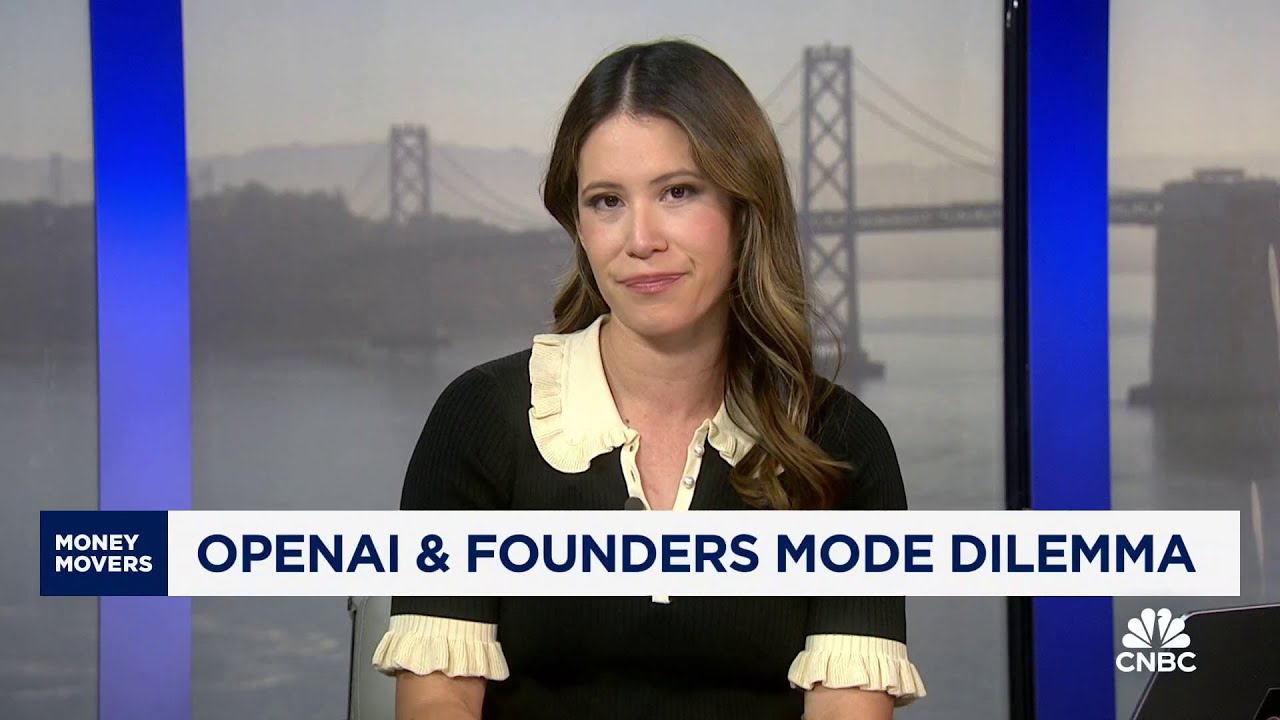OpenAI is contemplating a shift in its corporate structure from a “founder’s mode” to a more structured “manager’s mode” as it prepares for a funding round that could value the company at over $100 billion. This transition raises questions about maintaining its mission-driven focus while integrating new shareholders and adapting to the expectations of traditional investors in the rapidly evolving tech landscape.
OpenAI is contemplating significant changes to its corporate structure as it prepares for a funding round that could potentially value the company at over $100 billion. The discussion centers around whether OpenAI can continue to operate in a “founder’s mode” or if it needs to transition to a more structured “manager’s mode.” This shift is crucial as the company evolves from a scrappy nonprofit into a major player in the tech industry, attracting interest from large for-profit investors like NVIDIA, Apple, and Microsoft.
Currently, OpenAI operates as a hybrid entity, consisting of a nonprofit foundation and a for-profit arm. The mission of this structure is to develop artificial general intelligence (AGI) that is safe and beneficial for humanity. However, the company has issued a disclaimer suggesting that investments in OpenAI should be viewed more like donations, which raises questions about its ability to meet the expectations of traditional investors who seek financial returns.
The ongoing debate about OpenAI’s future structure reflects broader discussions in the tech community regarding the best practices for scaling startups. Prominent figures like Paul Graham have weighed in, arguing that many founders receive misguided advice about transitioning to a managerial approach, which can lead to hiring practices that may not align with the original vision of the company. This has sparked a conversation about the effectiveness of founder-led versus manager-led organizations.
As OpenAI navigates this transition, it faces the challenge of integrating new shareholders while maintaining its core mission. A recent statistic highlights that 80% of OpenAI’s growth occurred after the launch of ChatGPT, indicating rapid expansion that necessitates the introduction of more layers of management. This growth trajectory raises concerns about whether the company can retain its innovative spirit while implementing the necessary structures for scalability.
In summary, OpenAI stands at a crossroads as it considers how to evolve its corporate structure in light of significant investment opportunities. The discussions around founder versus manager dynamics are particularly relevant as the company seeks to balance its mission-driven roots with the demands of a for-profit model. The outcome of these considerations will likely have implications not only for OpenAI but also for the broader tech ecosystem as it grapples with similar challenges.
